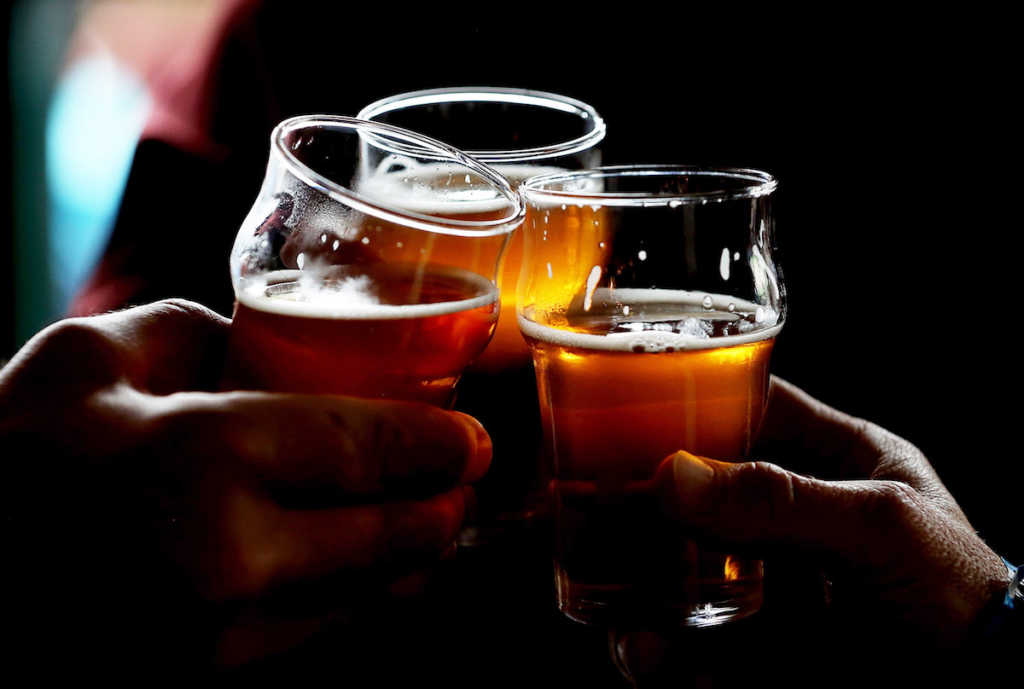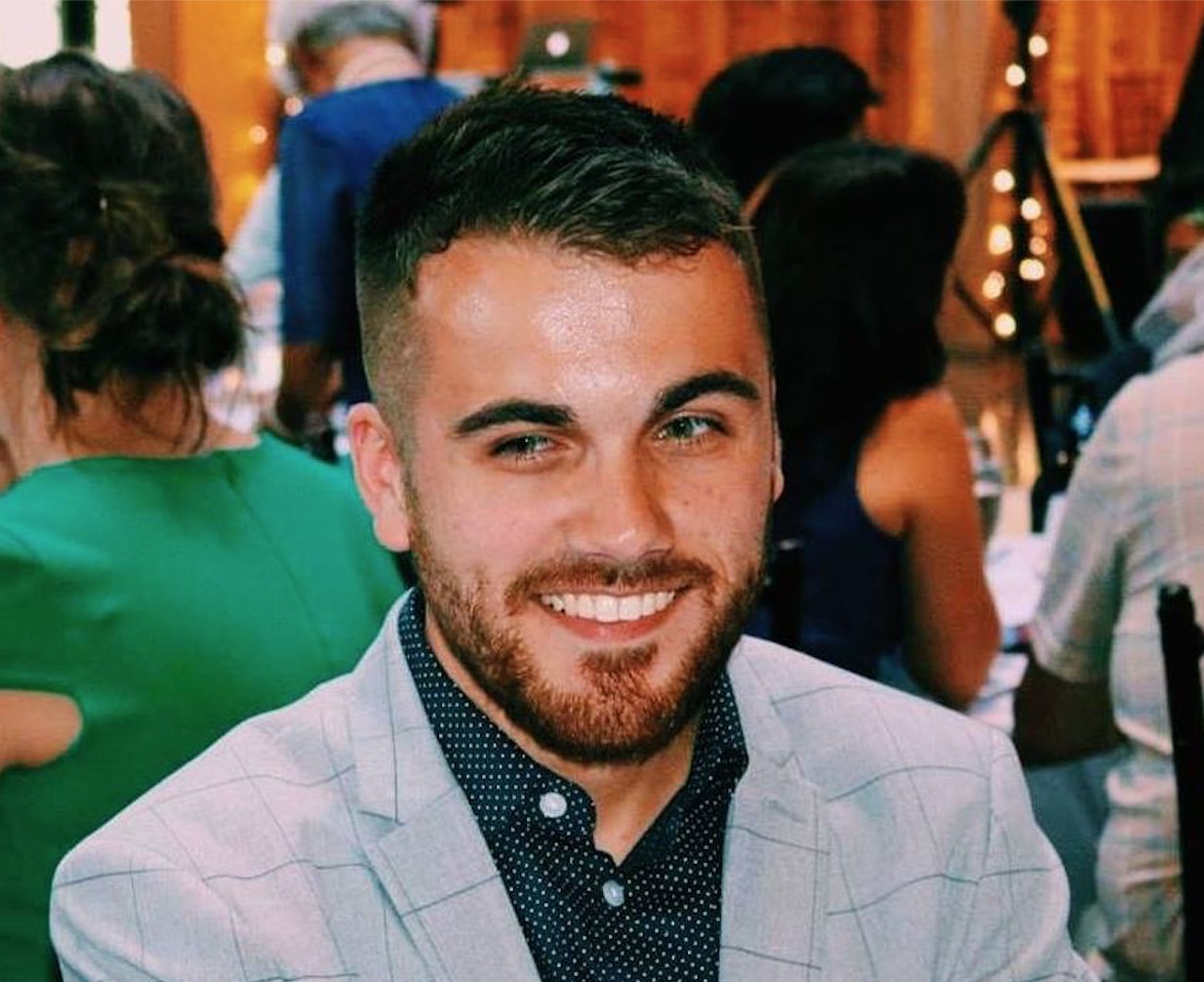I’m 26 years old, and I have no idea what alcohol tastes like. But for many in my generation, that’s hardly the case.
Certainly there’s space for those who recognize and respect the impact alcohol can have and choose to imbibe responsibly, but one new study published Wednesday reveals a lot of young Americans just don’t exercise wisdom when they drink.
The research shows that an increased number of Americans, with a heavy tilt toward young people, are dying of conditions related to cirrhosis of the liver. From 2009 until 2016, the greatest increase in death rate from cirrhosis was among people between the ages of 25 and 34, according to Dr. Elliot Tapper, a professor at the University of Michigan and the research paper’s lead author.
That increase, the study found, was “driven entirely by alcohol related liver disease.” In fact, Tapper even suggested raising the price of alcohol in order to discourage young people from purchasing it.
“We were struck by how the current concept of who develops cirrhosis didn’t quite match what we were seeing,” Tapper wrote, according to CNN. “It was really striking to us to have people that were younger than us in our clinic dying from cirrhosis.”
The study’s authors determined their findings were “reinforced by parallel changes in mortality due to alcohol use disorders and all alcohol related liver diseases.”

It should be noted Dr. Farhad Islami, scientific director of cancer surveillance research at the American Cancer Society, urged caution in drawing conclusions about alcohol consumption based solely on this study, though he did tell CNN the numbers warrant further investigation.
While the rate of death between 2009 and 2016 increased the most of any demographic among young Americans, the number of people between the ages of 25 and 34 who died of cirrhosis in 2016, for example, was only 1.4 percent.
But there’s no doubt the U.S. is facing a near epidemic when it comes to abuse of alcohol.
According to a study released last year by JAMA Psychiatry, alcohol abuse in the U.S. is on the rise. Between 2001-2002 and 2012-2013, 12-month alcohol use jumped from 65.4 percent to 72.7 percent and high-risk drinking increased from 9.7 percent to 12.6 percent.
The most stunning shift, though, was the fact that the prevalence of alcohol use disorder, another phrase to describe alcoholism, rose from 8.5 percent to 12.7 percent — nearly a 50 percent increase.
The 2017 study’s authors said their findings reveal “a public health crisis” and foreshadow a serious uptick in potentially fatal health problems related to alcohol consumption.
If nothing else, these statistics show how some Americans — for various reasons — are using alcohol as a form of escape and self-medication rather than drinking responsibly.



